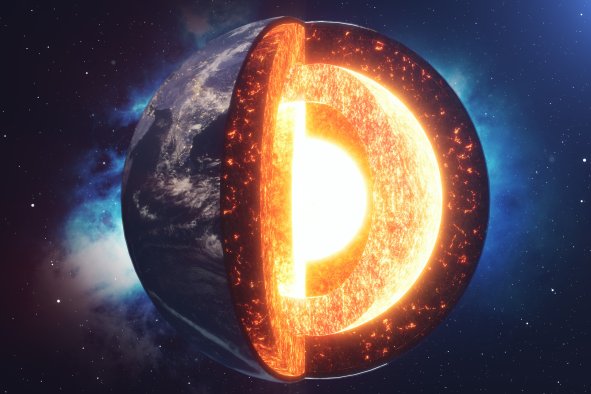A radio blackout that blanketed the Arctic over the past two days was triggered by a radiation storm flung out from the other side of the sun.
This blackout, known as a polar cap absorption event (PCA event), wiped out all radio signals at frequencies below 30 MHz.
The PCA event was sparked by a solar flare emitted by sunspot AR3664 on the opposite side of the sun that funneled high-energy protons toward our planet's poles.
This is the very same sunspot region that has been spitting out powerful solar flares and coronal mass ejections for the last month, including the train of intense plumes of solar plasma that sparked aurorae to be visible from all U.S. states on May 10.
PCA events are typically triggered by solar flares, which are sudden, intense bursts of radiation from the sun. These flares accelerate protons and other charged particles to high energies, which then follow the planet's magnetic field lines, converging at the poles in a solar radiation storm.
These particles cause increased ionization in the lower part of the ionosphere, leading to increased absorption of high-frequency (HF) radio waves and a subsequent degradation or complete loss of HF radio communications in the polar regions.
"Radio waves are skipped off the ionosphere allowing them to be broadcasted around the world," David Wallace, an assistant professor of electrical engineering at Mississippi State University, told Newsweek. "When the high-frequency radio waves make contact with the high-density areas of free electrons, the waves are absorbed instead of being reflected. This causes the radio blackouts."
PCA events can last from several hours to a few days, depending on the intensity and duration of the solar flare and the subsequent radiation storm. In addition to PCA events, radiation storms can cause disturbances to satellite-based navigation systems like GPS and possibly increased radiation exposure for passengers and crew on high-altitude polar flights.
The solar flare that sparked this PCA event occurred on the far side of the sun, but protons were still funneled toward the Earth thanks to a phenomenon known as the Parker spiral.
The Parker spiral refers to the shape of the sun's magnetic field as it spreads out through the solar system, influenced by the sun's rotation and the solar wind. Close to the sun, the magnetic field lines are mostly straight, but moving farther from the sun, the combination of the outward flow of the solar wind and the sun's rotation makes the magnetic field lines curve into a spiral shape, like water spraying from a rotating garden sprinkler.
This is why solar weather can still affect the Earth despite the active region of the sun not pointing directly at us.
Do you have a tip on a science story that Newsweek should be covering? Do you have a question about solar flares? Let us know via science@newsweek.com.
Disclaimer: The copyright of this article belongs to the original author. Reposting this article is solely for the purpose of information dissemination and does not constitute any investment advice. If there is any infringement, please contact us immediately. We will make corrections or deletions as necessary. Thank you.



